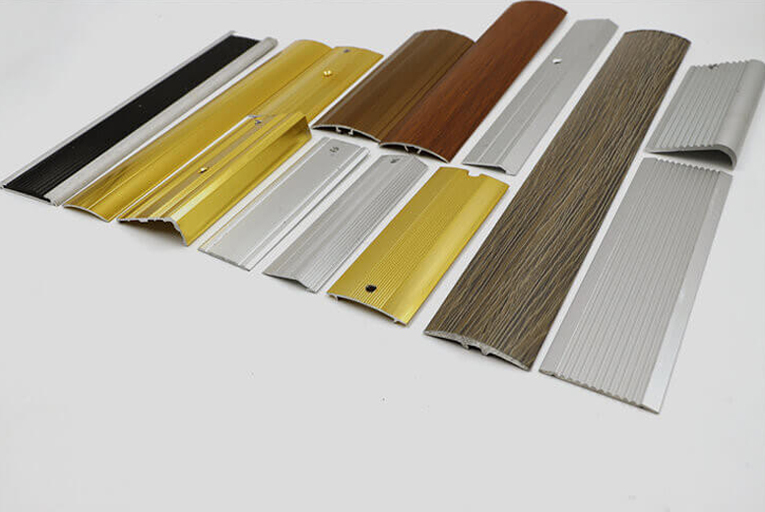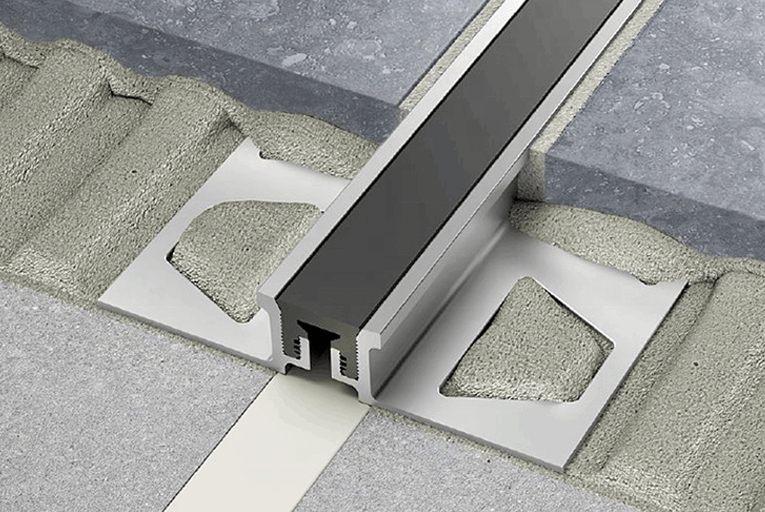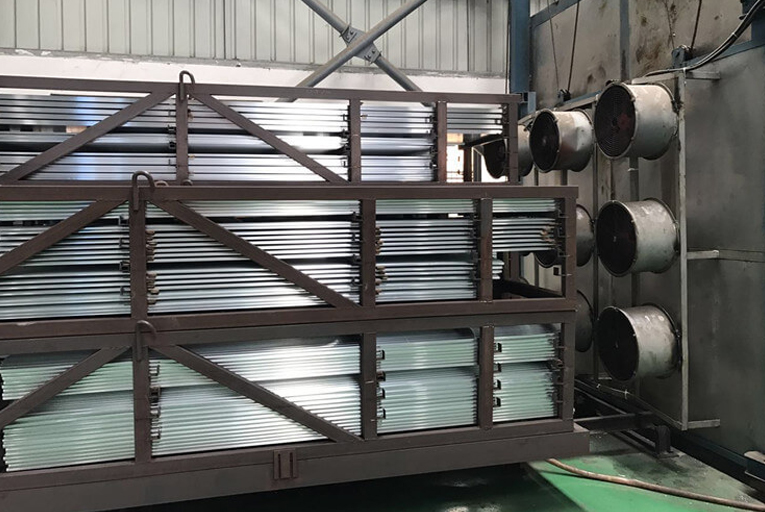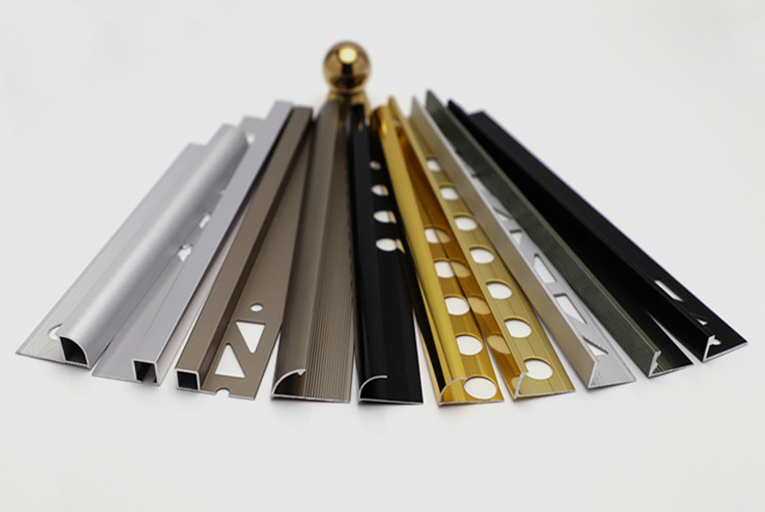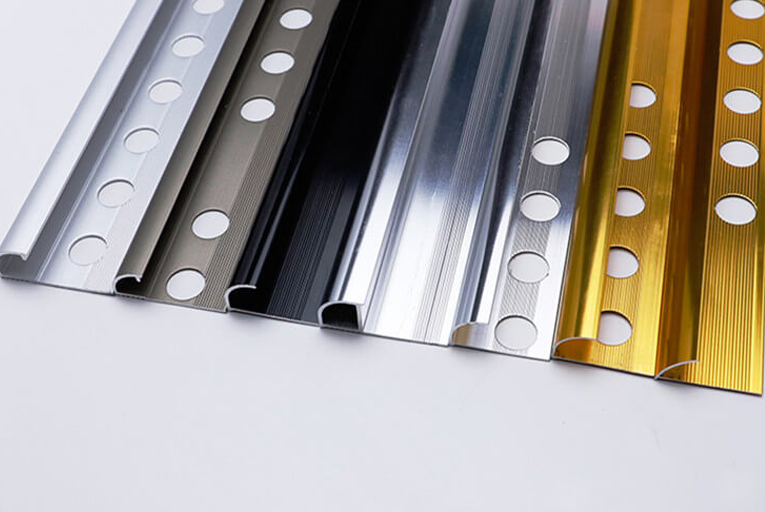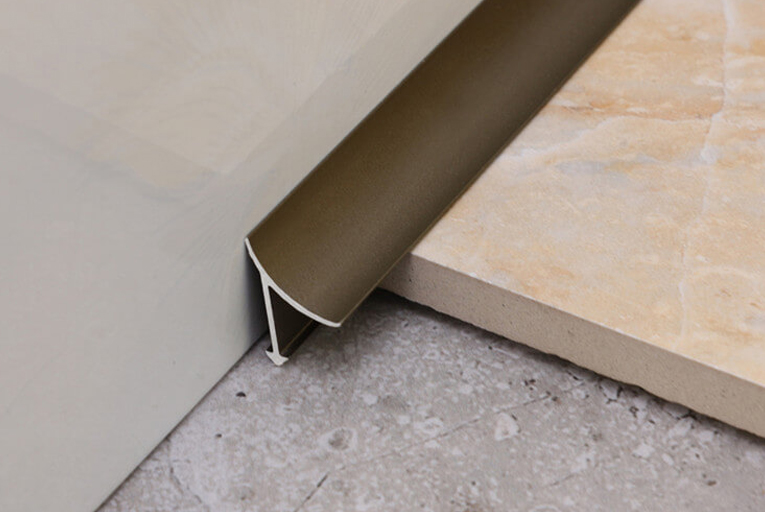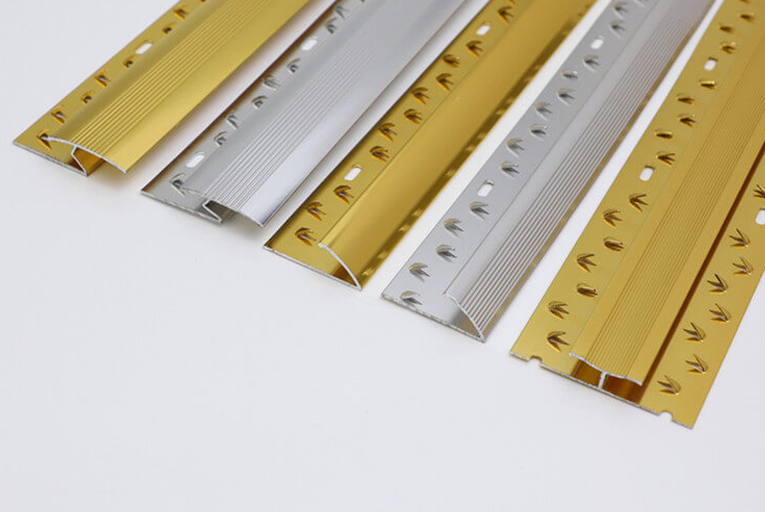Top 10 Tile Transition Strips for Seamless Flooring Transitions
Creating a cohesive and visually appealing flooring design often requires transitioning between different types of flooring materials. Tile transition strips serve as the perfect solution, ensuring a seamless and secure connection between dissimilar flooring surfaces. With a wide array of styles and materials available, choosing the right transition strip is crucial for both functionality and aesthetics.
Types of Tile Transition Strips
1. Reducer Strips
Reducer strips are ideal for transitions between flooring of varying heights, such as from tile to carpet or laminate. They feature a sloped profile that allows for a gradual transition, preventing tripping hazards.
2. T-Moldings
T-moldings are used to join flooring of equal height, effectively covering the gap between the two surfaces. Their T-shaped profile creates a defined separation line, enhancing the overall look of the transition.
3. End Caps
End caps are designed to cover the exposed edges of flooring at the ends of rows or where walls meet the floor. They provide a finished and professional appearance, preventing fraying and damage to the flooring.
Materials for Tile Transition Strips
1. Metal
Metal transition strips are durable and long-lasting, making them suitable for high-traffic areas. They are available in various finishes, including stainless steel, bronze, and aluminum.
2. Plastic
Plastic transition strips are a cost-effective option that comes in a range of colors and textures. They are lightweight and easy to install.
3. Wood
Wood transition strips offer a natural and warm aesthetic. They are best suited for areas with moderate foot traffic and should be sealed to protect against moisture damage.
Key Features to Consider
1. Width
Transition strip width is determined by the gap between the two flooring materials. Wider strips are more visible and create a more prominent separation line.
2. Height
For reducer strips, height is crucial to ensure a smooth transition without tripping hazards. It should be sufficient to accommodate the difference in flooring height.
3. Finish
The finish of the transition strip should complement the surrounding flooring and de cor. Brushed finishes hide scratches better than polished finishes.
4. Installation
Installation methods vary depending on the type of transition strip. Some require nails or screws, while others use adhesive or interlocking systems for a quick and easy installation.
Conclusion
By carefully selecting the right tile transition strips, you can achieve seamless flooring transitions that not only improve the safety and functionality of your space but also enhance its visual appeal. With careful consideration of the factors discussed above, you can find the perfect transition strips to create a cohesive and stylish flooring design.
-
The 6 Hottest Tile Trim Solutions for 2021
2022-02-09 -
How to Install Tile Trims Line?
2022-02-09 -
Difference Between Sandblasting and Anodizing Surface Treatment of Aluminum Tile Trim
2022-02-09 -
The Different Uses of Tile Outside Corner Edging Trim and Inside Corner Edging Trim
2022-02-09 -
The Most Popular 5 Different Materials of Tile Trim Line
2022-02-09 -
What is Carpet Cover Trim?
2022-02-09
